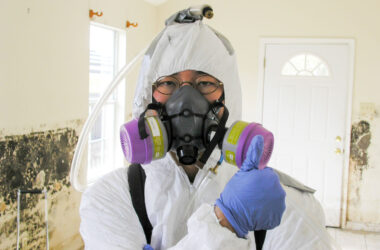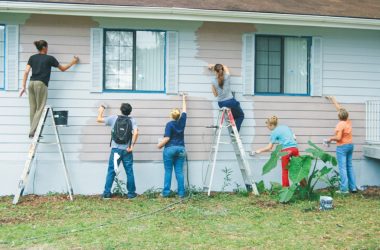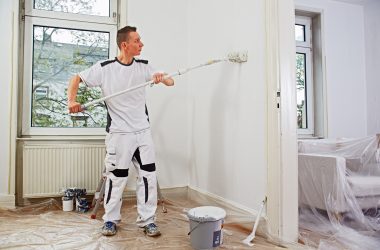soojuspumba paigaldus is a great way to save money on energy costs while helping the environment. The process of installing a heat pump can be complex, so it’s important to understand the basics of heat pump installation before taking on such a project. This article will provide an overview of the steps involved in heat pump installation and explain why some installations may require professional assistance.
A heat pump is an energy-efficient device that uses electricity to transfer thermal energy between two areas — usually from outside air into a home or building interior. Utilizing this energy transfer, a heat pump can help keep homes and commercial buildings warm during cold winter while also providing cooling during hot summer days. As a result, many homeowners are now turning to heat pumps as an alternative source for their heating and cooling needs.
Types of heat pumps available for installation
When considering a new heat pump installation, there are several types available including air source (the most common type), geothermal (ground source), and hybrid systems which combine elements of both types. Air source pumps extract heat energy from the ambient air, which is then used to produce either hot or cold air within the building/home, depending on the user’s requirements. Geothermal systems, on the other hand, extract thermal energy through underground pipes and use it directly in the home or building through a series of ducts or radiators. Hybrid systems take advantage of both methods by combining air source pumps with geothermal technology to optimize performance and efficiency levels at different times of the year.
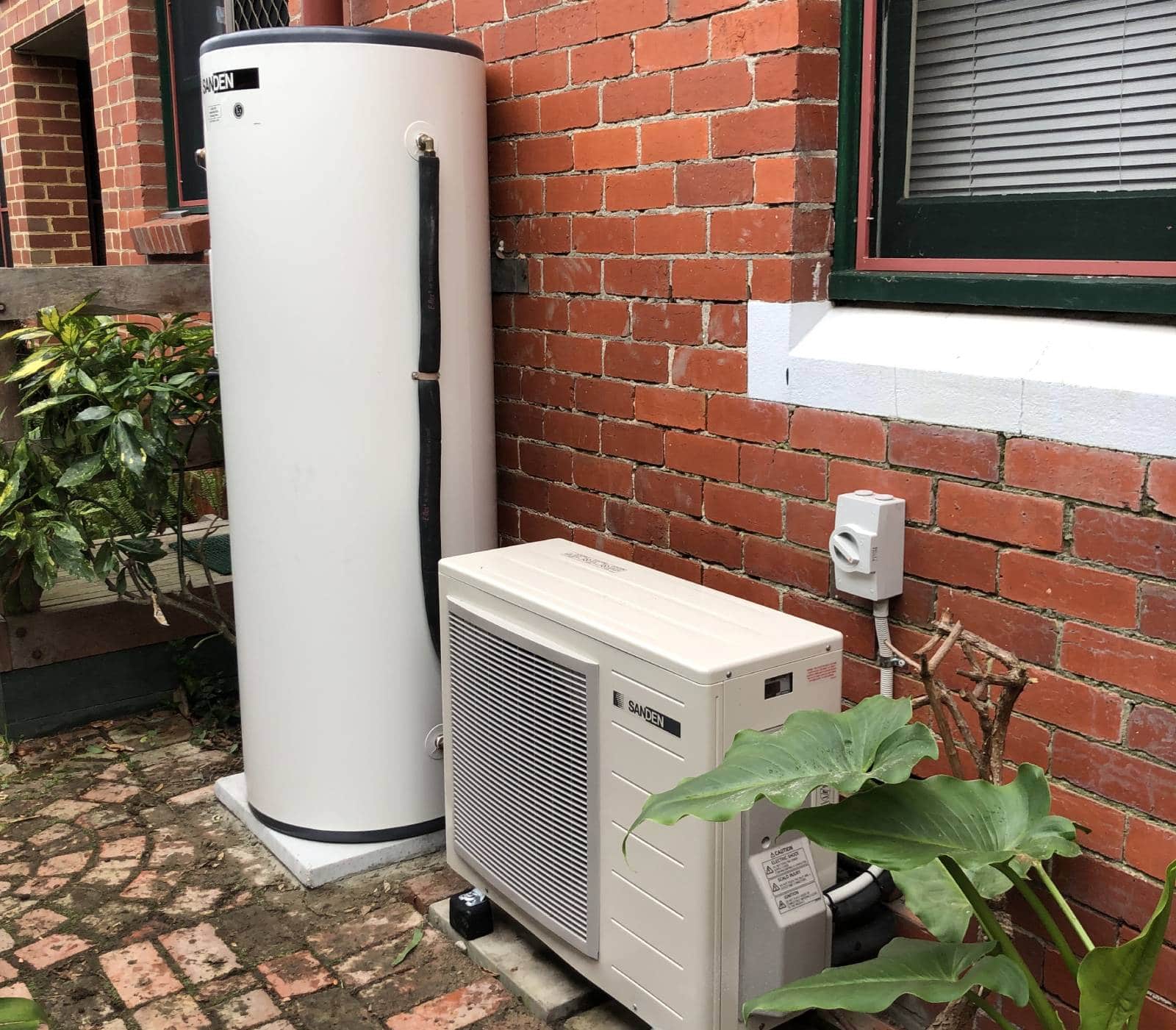
Choosing the right system for your home or building
When choosing a new system for your home or business, it’s important to ensure that you choose one that meets both your current heating/cooling needs and your future needs – as these may change over time due to lifestyle changes or climate conditions in your area. You should also consider factors such as the space available for installation (indoors or outdoors) and local building regulations when deciding which type of system would best suit your needs. Where possible, it’s a good idea to seek advice from professionals who can recommend suitable options based on individual circumstances – particularly for larger projects such as industrial sites, where environmental considerations must also be taken into account before any decisions are made.
Preparations before installing a heat pump
Before embarking on any major renovation project involving electrical work, such as the installation of a heat pump, it’s important to do your homework: research reliable suppliers & installers, obtain local authority permissions where necessary, carry out safety checks, etc. It’s also important to obtain all relevant paperwork & documentation relating to warranties & certifications before starting work to protect yourself from potential liabilities later on – especially if you’re using third parties for more technical aspects (such as wiring). Finally, don’t forget to prepare the existing infrastructure, e.g. ensure that all old cabling has been removed before starting any new installation process – failure to do so could result in additional damage being caused by unforeseen complications down the line, which could easily have been avoided at an earlier stage had proper preparation been made beforehand!
Tools required for installation
Heat pump installations typically require basic hand tools such as screwdrivers & adjustable wrenches, along with other tools depending on the specific models chosen (such as pipe cutters, etc.). However, more complicated installations may require specialized equipment such as power drills & metal shears depending on their level of complexity – again emphasizing the importance of using professional contractors whenever deemed necessary due to the aforementioned considerations related to the size & scope of individual projects involved!
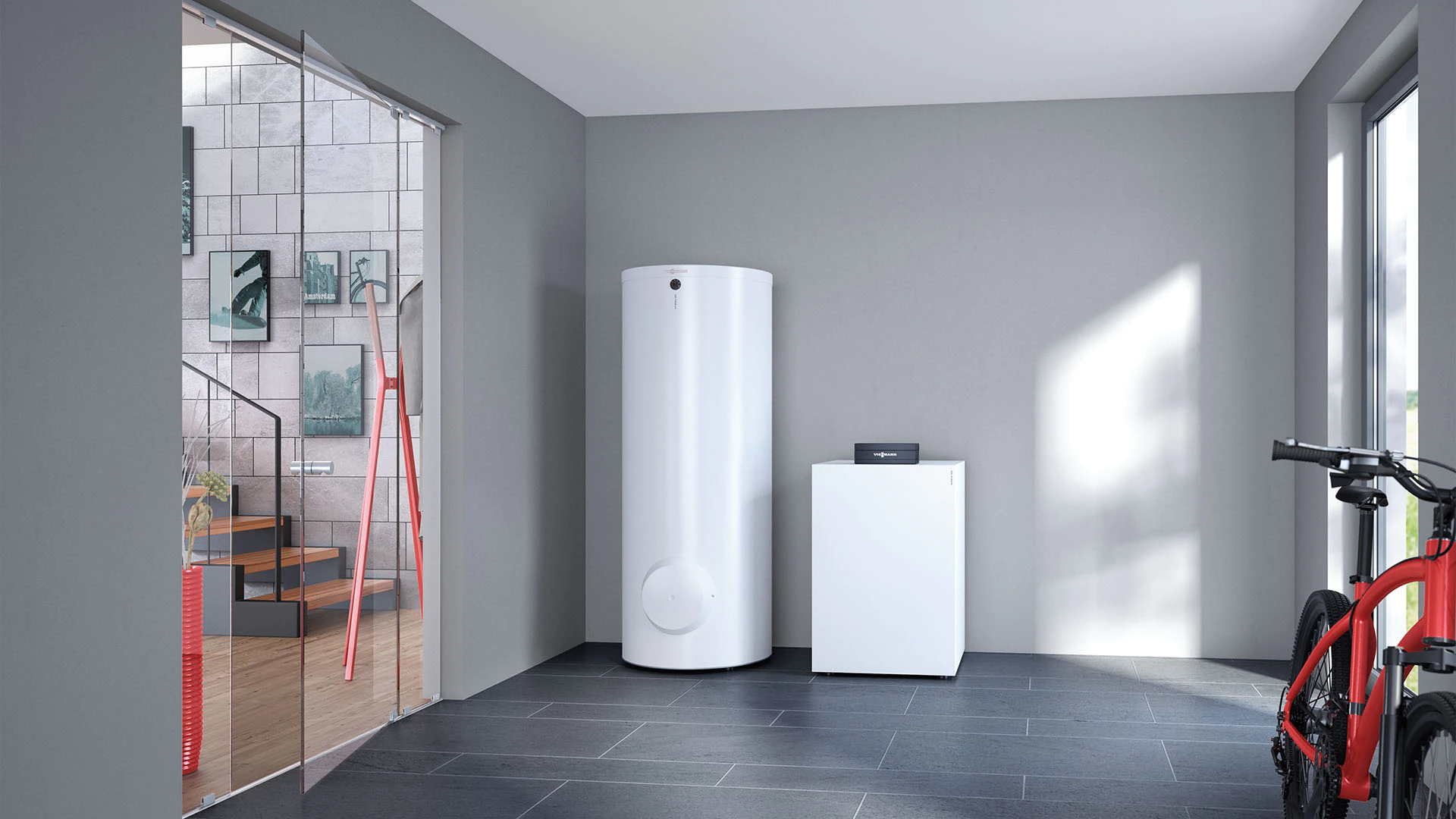
Safety considerations during installation
Finally, it’s highly recommended that general safety measures are observed when carrying out any type of electrical work – although today’s products come with various built-in safety features designed to protect users against short circuits, etc, precautions should still be taken to minimize risks when working around potentially hazardous materials & environments – especially those involving outdoor components exposed to inclement weather conditions at certain times of the year! Such precautions include wearing appropriate protective clothing such as gloves, and masks to ensure adequate protection against dust particles, and contaminants present in the atmosphere whilst performing the above tasks without compromising the integrity of the installations themselves!
Conclusion
In conclusion, installing new heat pumps requires careful consideration and preparation to ensure successful completion in a timely manner without causing undue disruption to the lives of the individuals and businesses involved! That said, however, the cost savings associated with undertaking such projects make them worthwhile investments in the long run, provided enough attention is paid to researching suitable products and ensuring all necessary steps are taken when planning the process itself – something that should always be borne in mind, regardless of whether hiring third party contractors to carry them out on your behalf!

